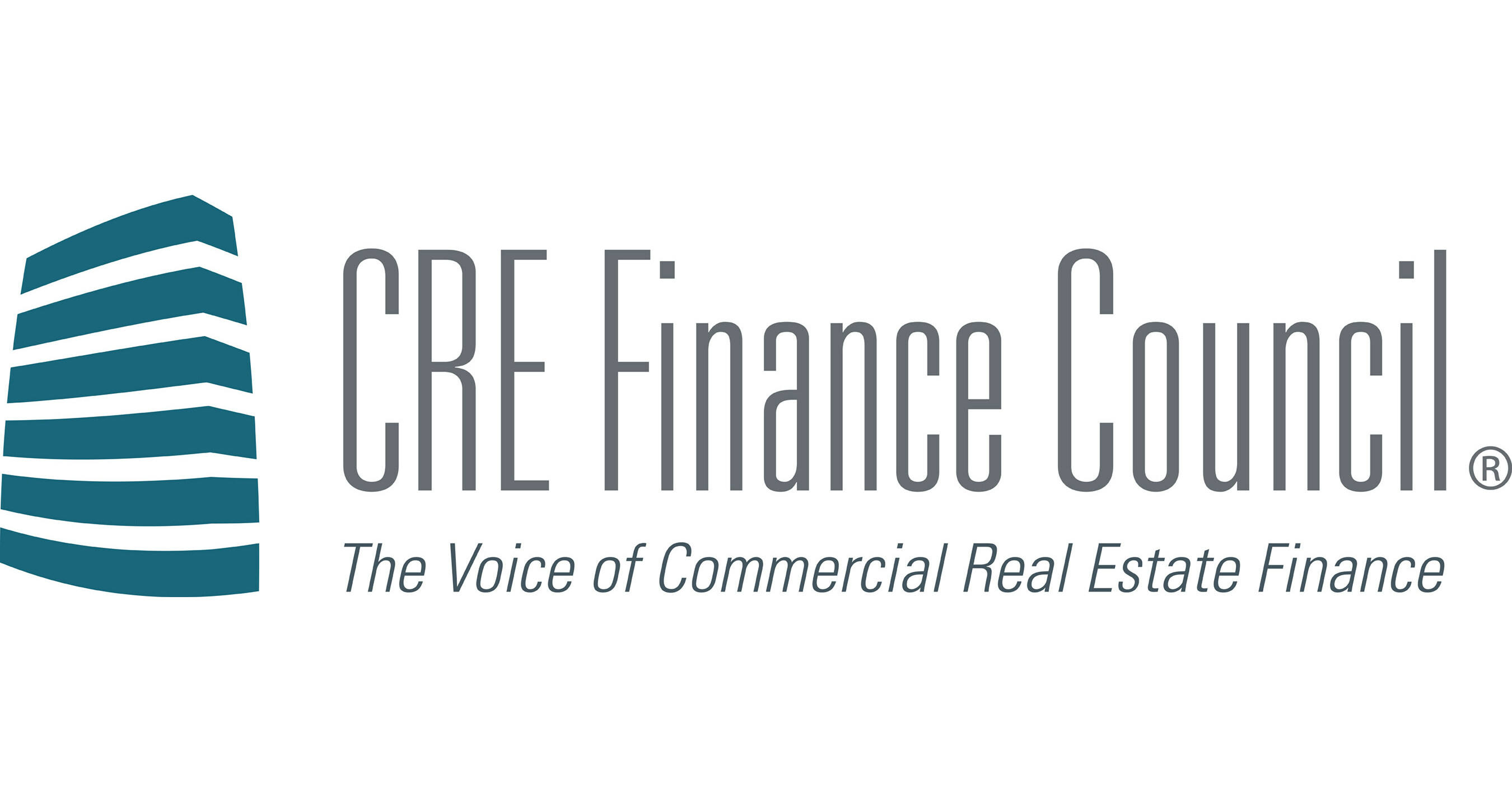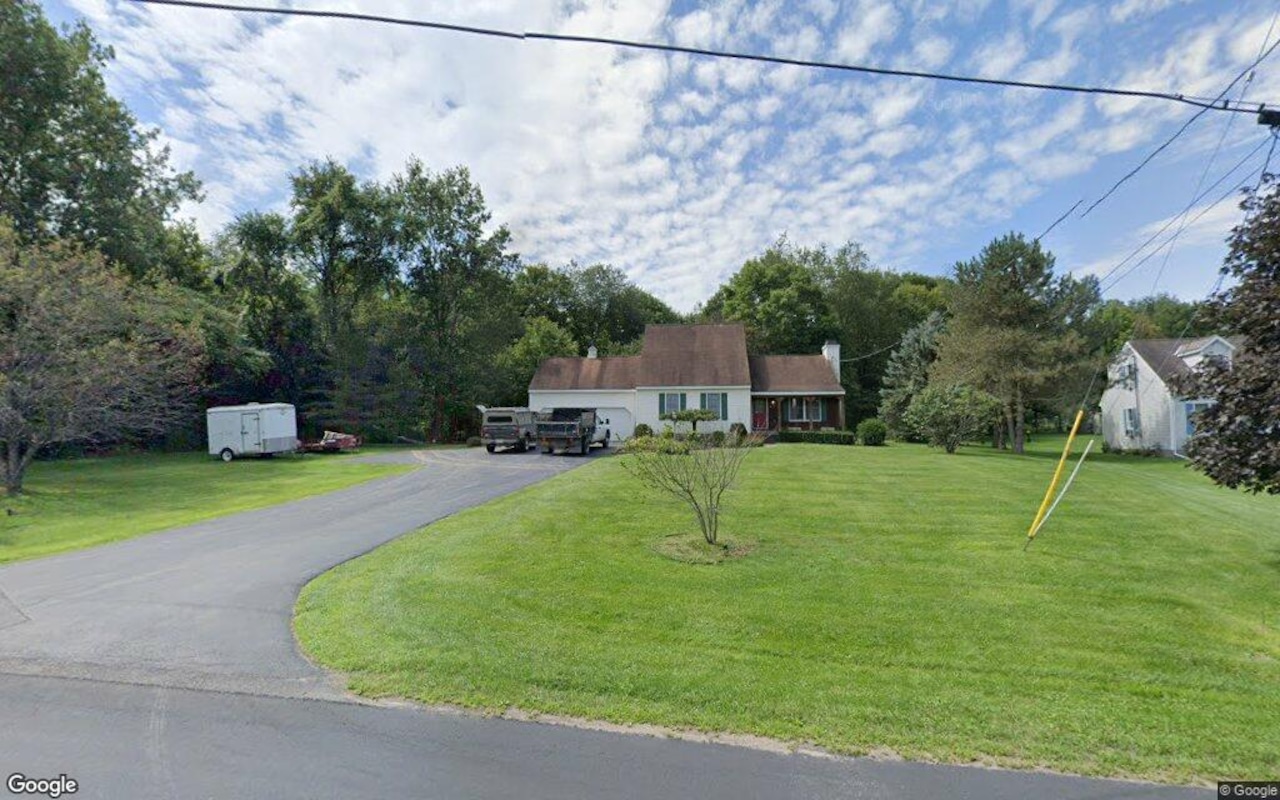I
n the ever-shifting landscape of real estate, a few brokerage types stand out as magnets for top producers. Meanwhile, others struggle to retain agents despite their popularity. To navigate this complex market, understanding what drives agent loyalty can be a game-changer.
The numbers tell a story: 13% of active agents switched brokerages last year, according to Recruiting Insight. This "talent shift" highlights the need for brokerages to innovate and adapt to attract and retain top talent. Technology plays a significant role in this migration, with tech-enabled firms emerging as winners.
These forward-thinking brokerages use technology to boost agent productivity and client service offerings, attracting agents with nearly double the median sales volume compared to other types of brokerages. Compass and Real are two notable examples, with their tech platforms cited as key factors in attracting top talent.
While tech-enabled brokerages only account for 8% of firms analyzed, they're the only type to avoid net agent losses. In contrast, brokerages operating under a capped revenue sharing model are highly popular but struggle with high agent churn – 39% of all movement arises from these models.
Traditional firms remain relevant, offering strong brands and comprehensive support systems that attract and retain talent. However, their market share is being eroded by big brokerages capturing more market share. The data suggests a concentration of market share among major players, with just 75 firms accounting for over half of both agent gains and losses.















